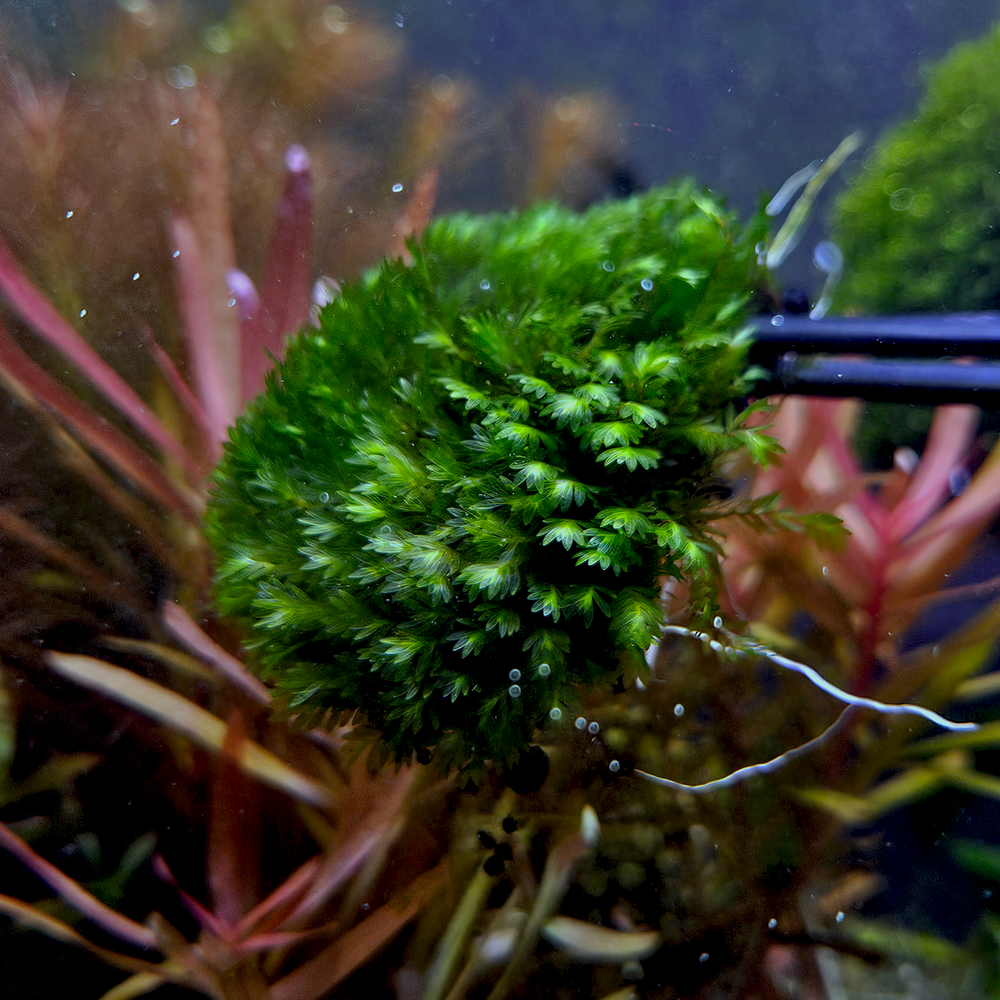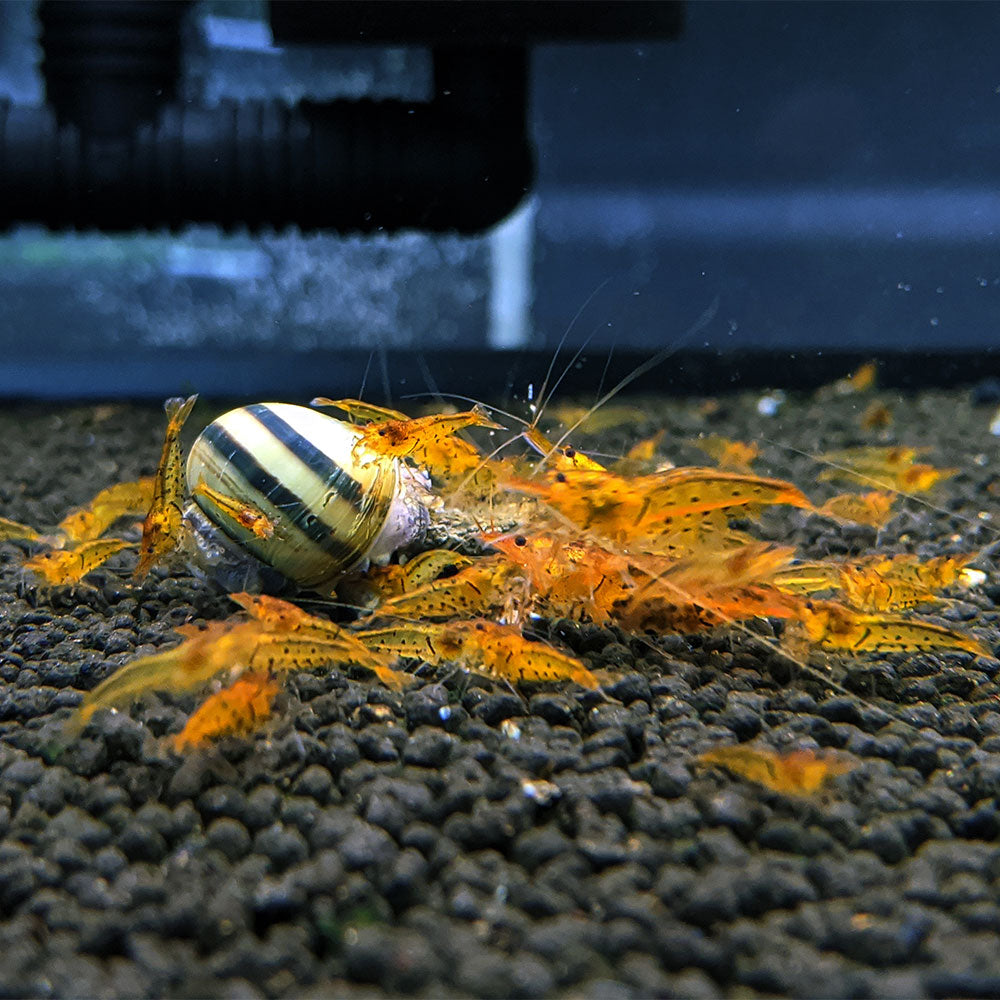If there is anything that could possibly be just as important, if not more, than water quality; it's what you are feeding your shrimp. Think about it. What is one of the most important factors of your own health? It's what you put in your body. Feeding the right food will assure longevity, shell health, and egg/baby survival rate. All things important to you and your colony of dwarf shrimp.


Yes, water quality is VERY important, but it's not the only thing you need to think about if you want an all around healthy colony. Think two tanks, side by side. Both have excellent water quality, regular water changes, healthy plants etc. The only difference is the food you feed. One tank gets a high quality diet with essential vitamins, minerals, and other organic ingredients; while the other tank is fed a generic diet. You might not notice a difference if you are just judging off how they "swarm" the food. But say life catches up with you, as it does all of us at times. You might have to skip a water change or *gasp* two in a row, causing your water quality to dip below your standards. The tank fed the high quality diet should have super healthy shrimp, able to fight off bacterial issues that may arise in a dirty tank, while the colony fed a lesser quality food will have a slower immune response, therefore have a higher chance at succumbing to the infection caused by low water quality. No, your shrimp food WILL NOT replace regular water changes, but WILL help them stay healthier longer, in less than perfect conditions.
You want to look for a shrimp specific food. Bonus points if it is made by a reputable shrimp keeper, because most likely they formulated it with their own shrimp in mind...so you know they're using the best ingredients. Organic ingredients are VERY important for shrimp food, as you do not want to feed your shrimp unnecessary fertilizers and possibly pesticides (YIKES!)
What should I feed my shrimp? I will always suggest Pure Nordic Premium Organic Shrimp Food. Why? My shrimp love it, and it shows. Their shells improved drastically after feeding Pure Nordic over other popular brands. How do you know if a shrimp food is good for them? Their shells have a "wet" look to them (I know they're underwater, but its just a super shiny gloss) they're more active, egg production in females goes up, and you get a high survival rate in baby shrimp. With all the options, what types of food should I be feeding? A well varied diet is best, in my opinion. Giving them a complete diet, with supplemental feedings mixed in. The types of food I feed are:
Complete Daily Feed: Pure Nordic Daybyday, or Raw Daybyday is a great whole diet for your shrimp. This is the food I typically feed on standard feeding days, and my shrimp love it. I typically feed this 3-4 times a week.
Mineral Foods: Pure Nordic Whitestix or Raw Mineral contain essential minerals for the health of your shrimp, their shells, and molting. I typically feed this once a week.
Protein Foods: Pure Nordic Aminostix or Raw Aminostix is a high protein diet, great for growing shrimp, and improves egg production in adult females. This will improve breeding in your shrimp tank, and assure the baby shrimp are strong enough to survive and grow to adulthood. I feed this typically twice a week.
Powder Foods: Pure Nordic Nutridust and Raw Nutridust are a great powder food. Pure Nordic BioFilm is another powder, which promotes the growth of Biofilm in your aquarium, which is very beneficial to baby shrimp and adults alike. Power foods in general are important for young baby shrimp, as they don’t have a lot of energy to move around this HUGE (to them) tank in search of food, so its best if you’re able to provide it right in front of them. Using powder foods in moderation is a great way to spread little bits of food all around the tank, so everyone has a chance to fill up without searching for the pellet. Can be done, in moderation, every other day.
Other Supplemental Foods: Pure Nordic Raw Green Herb which is great in covering vitamins found in, you guessed it, green herbs. Pure Nordic Raw Pro Probiotic contains beneficial bacteria essential to gut flora in shrimp, which in turn, heighten immune response. I typically will feed these once a week, alternating weeks between the two.






